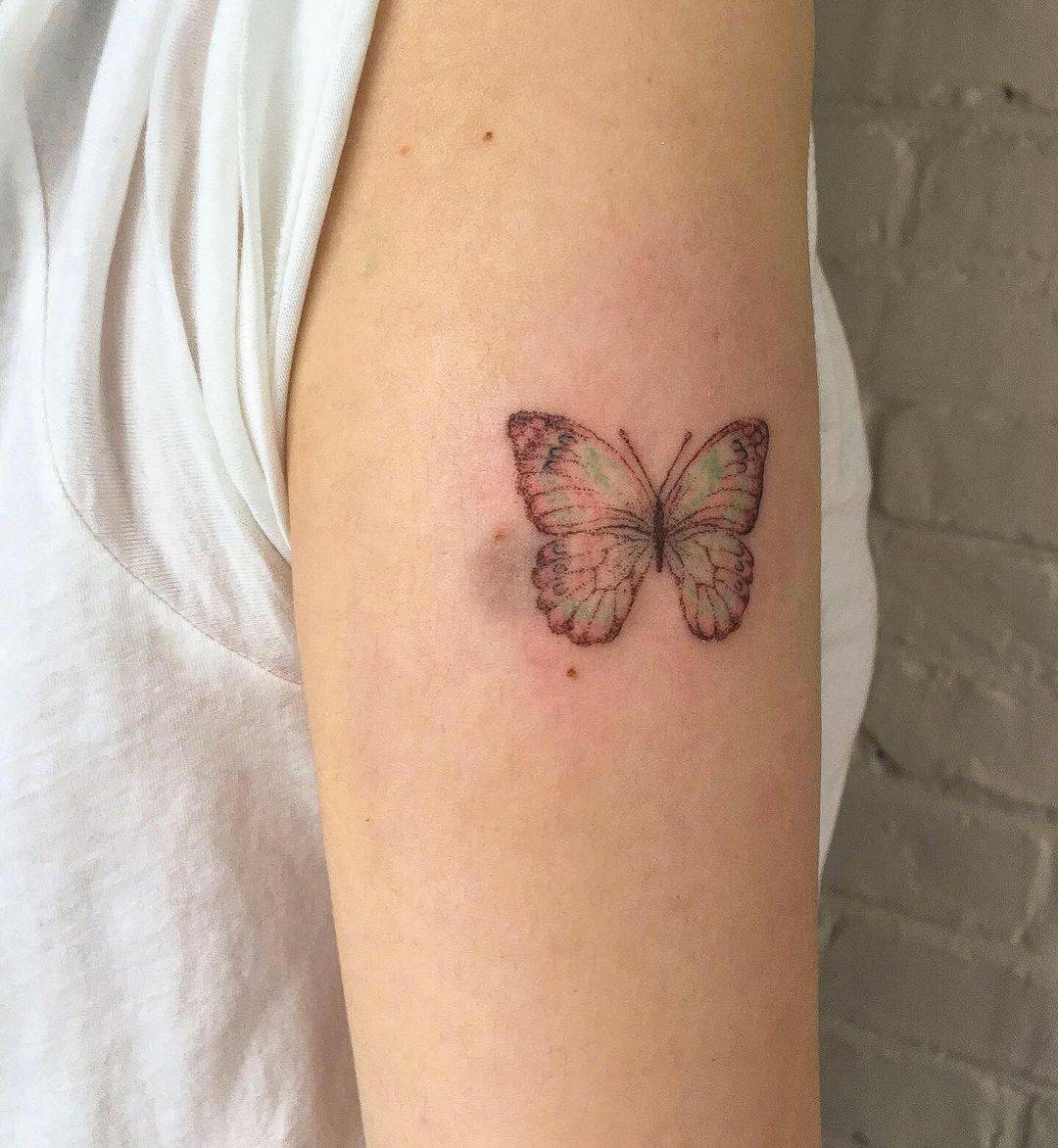Tattoos Covering Moles, Birthmarks, and Freckles: Everything You Need To Know
- Congenital moles (also known as birthmarks) – these moles appear right at birth, and they are the most common type. These moles are generally in the tones between brown and pink/tank colors. When it comes to appearance, congenital moles can be both flat and raised and don’t grow more than 5mm in size. In terms of shape, they can be round, oval, or even have a distinct edge.
- Acquired moles (also known as common moles) – these moles appear on the skin after you’re born, and continue to appear up until the age of 40. They can appear anywhere on the skin, and generally tend to be either round or oval, and of one color (from brown, pink, red, to tan and skin-colored). Most people with fair complexion tend to have between 10 and 40 of acquired moles. These moles remain unchanging.
- Atypical moles (also known as dysplastic nevi) – these moles are often mistaken for melanoma or for being cancerous, but they’re generally not. Only 1 in 10,000 atypical moles turn into cancer.
These moles are benign but can share the same features as a melanoma, so they should be checked frequently. Atypical moles are of irregular shape, pebbled in texture, and more common in people with fair, light skin, but who are frequently exposed to sun/UV rays.
Birthmarks

Birthmarks occur when blood vessels (like veins, arteries, and capillaries) develop certain anomalies. They occur upon birth in 30% to 50% of all babies. They do not generally require any treatment, and in some cases, as the baby grows, the birthmarks can disappear on their own. There are two main types of birthmarks;
- Pigmented birthmarks – similar to congenital moles, pigmented birthmarks appear due to the abundance of pigmented skin cells appearing in one place. These birthmarks appear, well, right at birth, and may not be permanent.
- Vascular birthmarks – these birthmarks appear mainly due to anomalies in the growth of veins and tend to increase in size as the baby grows. Unlike pigmented birthmarks, vascular birthmarks are permanent and do not disappear over time.
Freckles
Freckles are small, flat, beige/brown dots that result from an overproduction of melanin due to UV rays exposure. They commonly appear on the face, shoulders, arms, and upper back. In the majority of people, freckles appear in the under-eye, around-the-nose, cheeks and forehead area. Freckles also mostly appear in people with red hair and fair complexion, but that is not the exception.



















